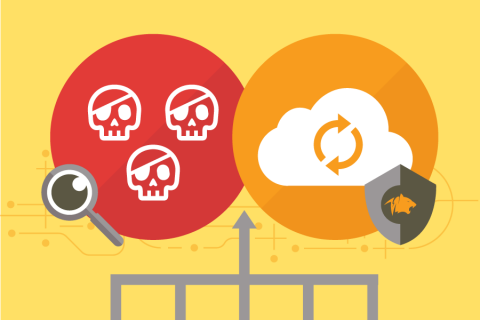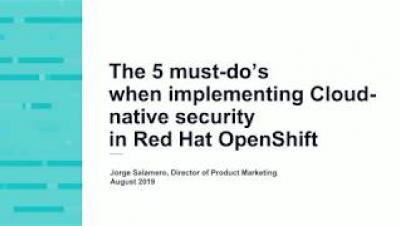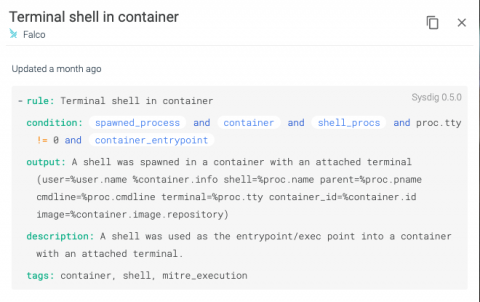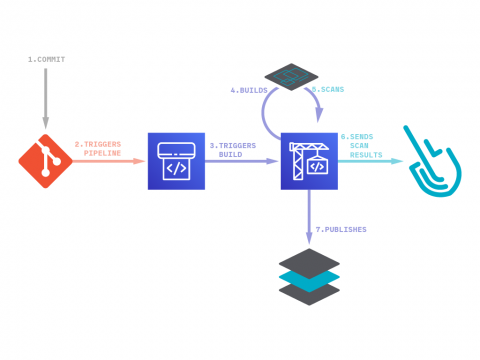Five Ways to Quickly Uncover Malicious Activity and Protect Your Kubernetes Workloads
Organizations are rapidly moving more and more mission-critical applications to Kubernetes (K8s) and the cloud to reduce costs, achieve faster deployment times, and improve operational efficiencies, but are struggling to achieve a strong security posture because of their inability to apply conventional security practices in the cloud environment. Commitment to cloud security grows, but security safeguards are not keeping up with the increased use of the various cloud platforms.











